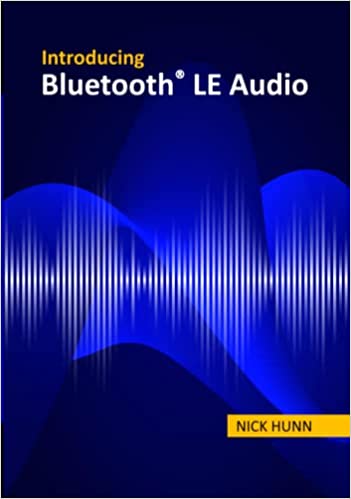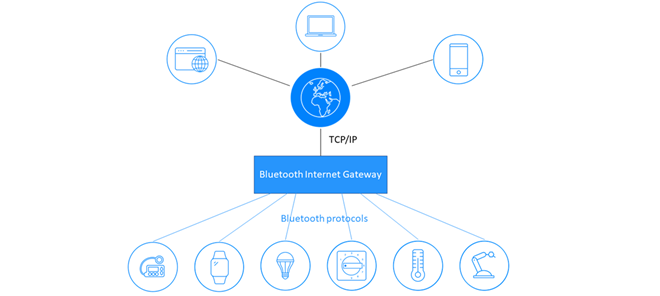Enhancing Bluetooth® Technology
The Bluetooth SIG typically has more than 50 active specification development projects at any given time. These projects include everything from adding minor features to existing Bluetooth specifications to creating new specifications that add major functionality to Bluetooth® wireless technology.
Below is an overview of several key specification projects currently in progress.
How to get involved
Employees of all Bluetooth SIG member companies are welcome to view the list of active specification development projects in our online specification development support tool, Specification Workspace.
Employees of all Associate and Promoter member companies are also welcome to join any Working Group and participate in its specification development projects.
Key Specification Projects

Bluetooth LE in Higher Frequency Bands
A specification development project is currently underway to define the operation of Bluetooth Low Energy (LE) in additional unlicensed mid-band spectrum, including the 6 GHz frequency band. With over 5 billion products shipping each year, Bluetooth technology is the most widely deployed wireless standard in the world. A core reason for its unmatched adoption and success is the continual evolution of the technology in key areas, including higher data throughput, lower latency, and greater positioning accuracy. The new spectrum expansion project will help ensure that these Bluetooth performance enhancements can continue well into the future, paving the way for the next generation of Bluetooth innovation.
This project currently includes enhancements being made to the Bluetooth Core Specification taking place within the Core Specification Working Group. Employees of all Bluetooth SIG member companies are welcome to join the subgroup to participate in the project.

Higher Data Throughput
Added to Bluetooth® wireless technology in 2016, the LE 2M PHY doubled the data rate that could be achieved between Bluetooth Low Energy (LE) devices from the original LE 1M PHY. The LE 2M PHY was introduced to address a number of market opportunities, including enhancing data transfer performance for the growing number of IoT devices consumers were connecting to their smartphones.
Today, an increasing number of these connected devices are looking for even greater performance, as well as support for streaming larger media, and could benefit from an even higher data rate Bluetooth LE PHY. The Higher Data Throughput project was established to address that growing market need and intends to support data rates up to 8 Mbps.
This project currently includes enhancements being made to the Bluetooth Core Specification taking place within the Core Specification Working Group.

High Accuracy Distance Measurement
Adding to the growing set of device positioning capabilities of Bluetooth® wireless technology – which currently includes Advertising (for presence), RSSI (for basic distance measurement) and Direction Finding (for high accuracy direction) – a specification development project is currently underway to enable high-accuracy distance measurement between two Bluetooth enabled devices. This feature is expected to enable the creation of locating systems that can provide even higher levels of accuracy.
This project currently includes:
- Enhancements being made to the Bluetooth Core Specification taking place within the Core Specification Working Group
- A new profile specification being developed within the Direction Finding Working Group

Ultra Low Latency HID
The ultra-low latency (ULL) Human Interface Device (HID) enhancement project aims to make Bluetooth gaming controllers as responsive as those using USB-wired or proprietary wireless communications. This enhancement, which is intending to provide polling rates as high as 1000 Hz, could also be used to improve the user experience for other latency-sensitive devices such as controllers and sensors for augmented, virtual, or mixed reality (AR/VR/MR) scenarios.
This project currently includes enhancements being made to the HID over GATT Profile Specification being developed within the Human Interface Device (HID) Working Group.


![Forbes Predictions article 72 dpi 1300 x 680 px 768x402[1]](https://www.bluetooth.com/wp-content/uploads/2024/04/Forbes-Predictions-article-72-dpi-1300-x-680-px-768x4021-1-660x345.png)
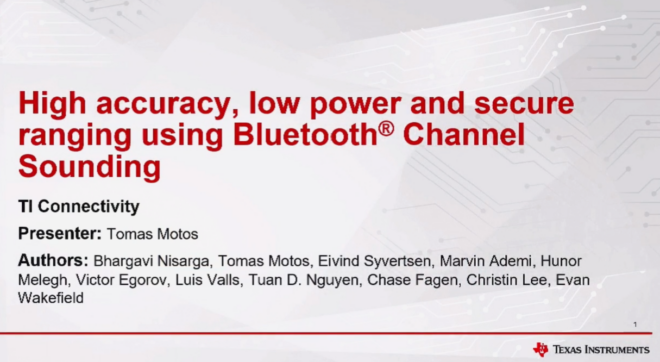

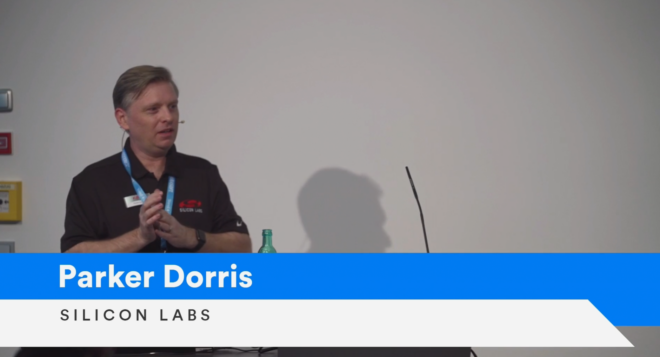

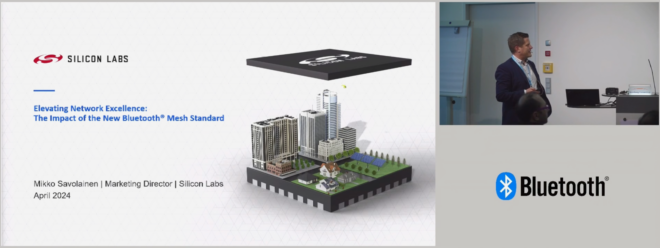
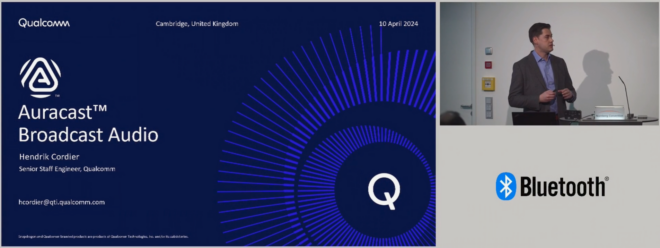


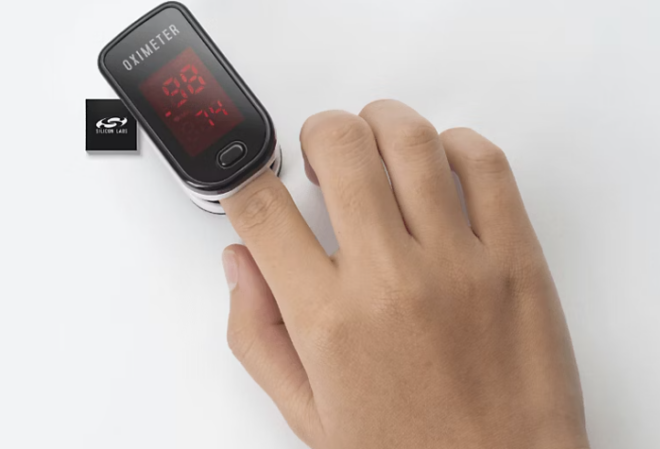
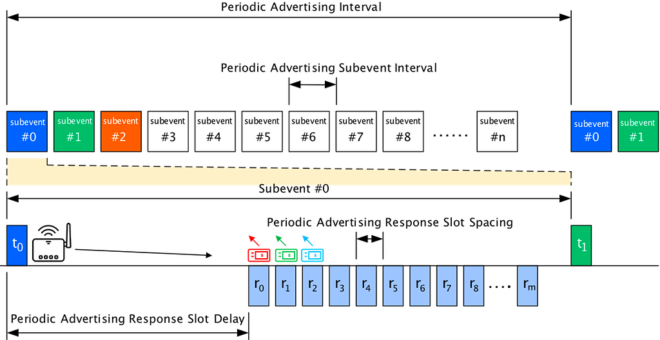





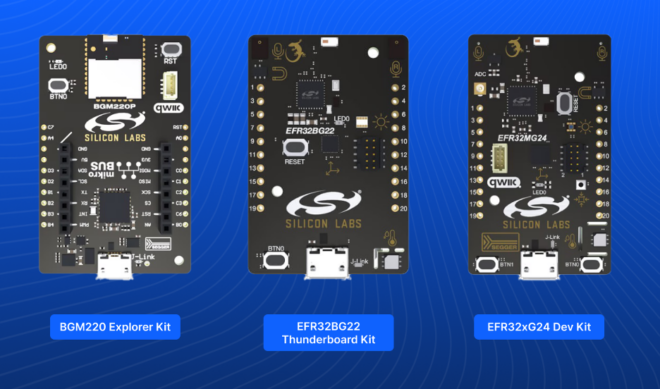

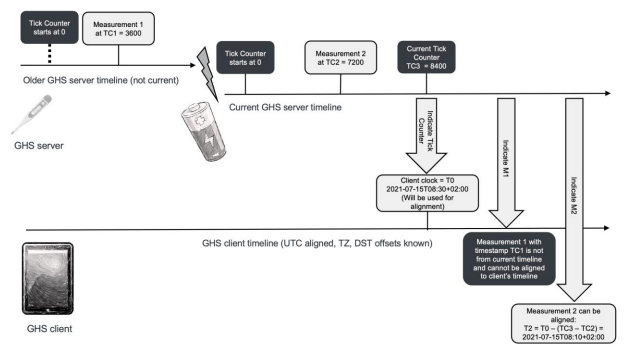
![ABI Growth Chart.png 815076338[1]](https://www.bluetooth.com/wp-content/uploads/2024/03/ABI_Growth_Chart.png_8150763381-660x384.png)

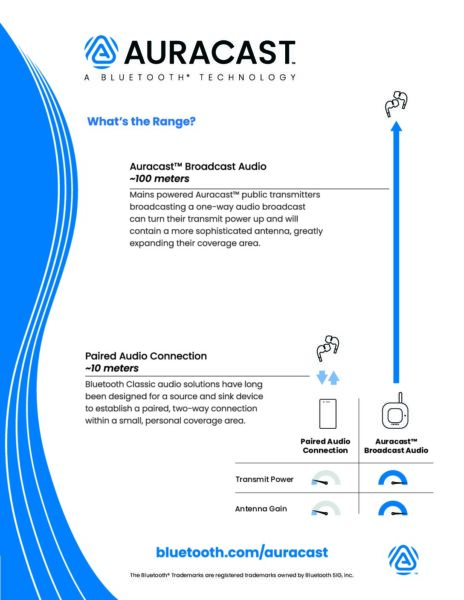
![2312 CES Handout Images FINAL existing pdf 464x600[1]](https://www.bluetooth.com/wp-content/uploads/2024/01/2312_CES_Handout-Images_FINAL-existing-pdf-464x6001-1.jpg)
![2312 CES Handout Images FINAL unlimited pdf 464x600[1]](https://www.bluetooth.com/wp-content/uploads/2024/01/2312_CES_Handout-Images_FINAL-unlimited-pdf-464x6001-1.jpg)






